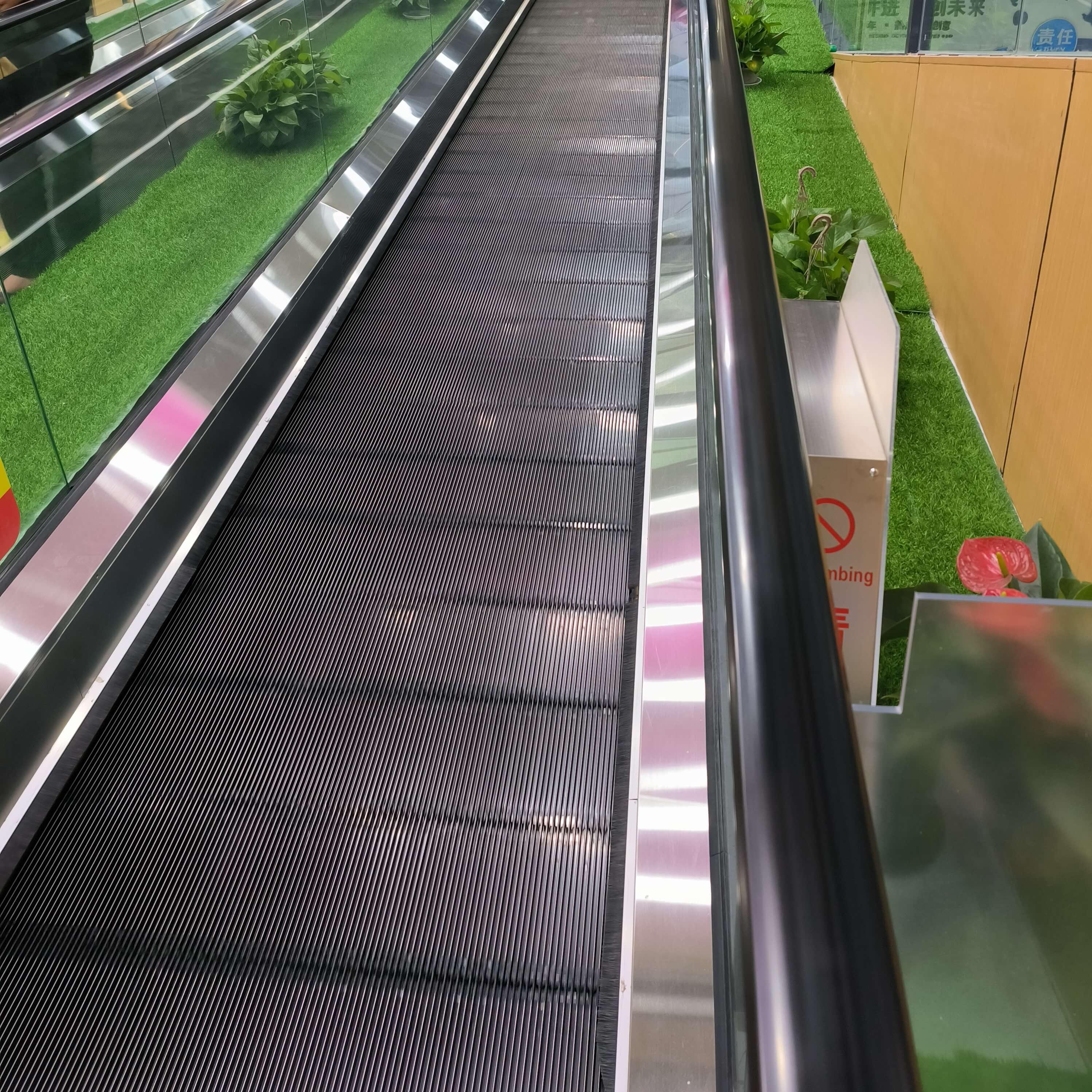What's a Travelator?
- Categories:Product Research
- Author:Operation
- Origin:Original
- Time of issue:2023-08-03
- Views:0
(Summary description)Explore the world of moving walks - mechanized walkways designed for horizontal movement. Learn about their purpose to ease foot traffic, especially in bustling transport hubs. Learn the fundamental difference between moving walks and escalators, clarifying their mechanisms and different applications. Deepen your knowledge of these modern transportation systems for efficient pedestrian traffic.
What's a Travelator?
(Summary description)Explore the world of moving walks - mechanized walkways designed for horizontal movement. Learn about their purpose to ease foot traffic, especially in bustling transport hubs. Learn the fundamental difference between moving walks and escalators, clarifying their mechanisms and different applications. Deepen your knowledge of these modern transportation systems for efficient pedestrian traffic.
- Categories:Product Research
- Author:Operation
- Origin:Original
- Time of issue:2023-08-03
- Views:0
Travelators, also known as moving walkways or moving sidewalks, are common in modern transportation hubs, shopping malls and airports. These horizontal conveying systems provide a convenient way for pedestrians to cover a certain distance without actively walking.

1. What's a Travelator?
A travelators is a mechanized walkway designed to transport people across a horizontal space. It consists of a series of connected metal plates (escalator pallet) that move in cycles to simulate a continuous walking surface. Travelator are usually installed in airports, railway stations, shopping centers and other places with high traffic. They provide a way to cover distances faster than on foot, making them especially useful for connecting terminals or sections within large facilities.
2. What is a Travelator Used For?
The main purpose of moving walkways is to allow pedestrians to move longer distances without walking. They're great for areas where walking can be tiring, such as airports or large transit hubs. Moving walkways improve overall pedestrian flow, reduce congestion and allow people to move through terminals efficiently, especially when carrying luggage or other heavy items. This not only improves the passenger experience, but also contributes to smoother operations in busy transport hubs.
3. What is the Difference Between a Travelator and an Escalator?
While both moving walks and escalators are used to transport people, they operate differently and are designed for different use cases:
Mechanism and Movement:
Travelator usually have a slight slope and move in a single direction. They are designed for linear motion.
Escalators are inclined moving stairs that carry people up and down. They accommodate vertical movement between the different floors.
Usage and Application:
Travelator are mainly used to cover horizontal distances and connect terminals or areas within a facility.
Escalators are designed for vertical transportation between floors or levels within buildings.
In conclusion, moving walks provide a convenient and efficient way for pedestrians to traverse large spaces without walking. Their main use is to relieve the stress of increased foot traffic, especially in busy transport hubs. While moving walks and escalators are both important mechanisms for moving people, their design, movement and purpose are very different. Knowing these distinctions can help ensure their optimal use and help improve the overall efficiency of public spaces.
Scan the QR code to read on your phone
News More


The World Elevator & Escalator Expo will be opened soon again in Shanghai.

Lift Expo in Algeria was successful!

Algeria Expo-welcome to talk with us freely!!!
MESSAGES
CONTACT US
> Contact Person: Sean Lee
> Phone: +86 20 8304 1994
> Fax: +86 20 8304 1967
> Whatsapp: +8613924192218
> Email: info@deysse.com
> Web: http://www.deysse.com
> Address: Room 2801-1,Jinhui Building,No.123 Jiefang South Road,Yuexiu District, Guangzhou, 510120 China
Copyright © 2021 Guangzhou Deysse Elevator Fittings Co., Ltd All Rights Reserved. privacy protection









